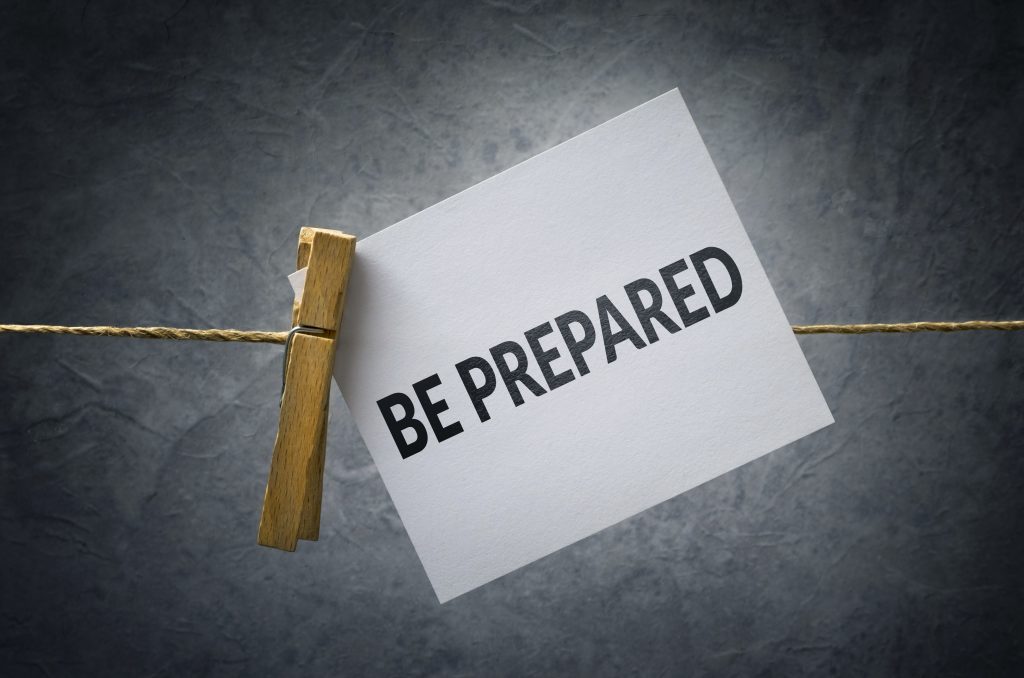
PR pro Jeff Hahn says some executives have the wrong view of crisis communications.
“Crisis communications, to some, is often seen as the dark arts. You have to be a Harry Potter-type wizard,” he said during a recent podcast. “However, crisis communications is not a dark art. Instead, it’s a system. And if you work the system, you’re going to manage the narrative and protect the brand.”
Hahn has a system – a good one. He recently sent me an advance copy of his new book, “Breaking Bad News: 12 Essential Crisis Communication Tools.” In it, he describes his system for managing crises. Following the steps will help organizations “when the spaghetti hits the fan,” he says.
Hahn stresses the importance of teamwork in preparing for and responding to a crisis. Hahn uses the term “rapid response team” (RRT) with his clients. Team members could include a coordinator, chief decision maker, deputy chief decision maker, senior communication leader, communication manager, legal counsel and subject matter experts. Each role is clearly defined in the book.
I found myself nodding in agreement to Hahn’s emphasis on created a rapid response team BEFORE the crisis strikes. Too often, organizations wait until they are in the midst of a full-blown crisis before hiring a PR pro to help them manage the situation.
It’s kind of like hiring Harry Potter and hoping he could wave his wand and make it all go away. It doesn’t work that way.
Hahn’s book is full of helpful planning tools, predictive models and real-life examples. It’s a great read for anyone who practices PR and crisis communications. It’s a must-read for any executive whose organization doesn’t have a crisis plan.
As Hahn points out: “Seasoned reputation managers know it’s not whether a crisis will occur for a brand, but when.”